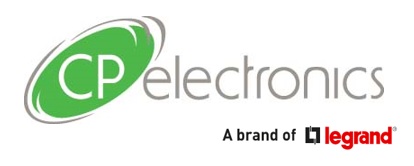Lighting Technologies & Controls: Lighting Catalogues
Components & Lighting Control Systems
An-10
CPelectronics LEGRAND - An-10 Wireless 2- Addressing & System Security 3- Scene Selection Functionality |
 |
|---|

An-10 wireless technology allows you to install a fully featured lighting control system easily and with minimal disruption. An-10 has been specifically created to allow you to embrace the advantages of wireless technology, while at the same time offering all of the features and functionality demanded by modern day lighting control systems.
Many benefits are gained with this system; simple installation, reduce control wiring costs, easier to meet all building regulations, flexible functionality, scalable, etc..
Ideal for historic and listed buildings where disturbing the building fabric is difficult or impossible. It is very practical for reorganisable spaces, such us living rooms, work spaces, open-spaces, display areas like show-rooms and museums.
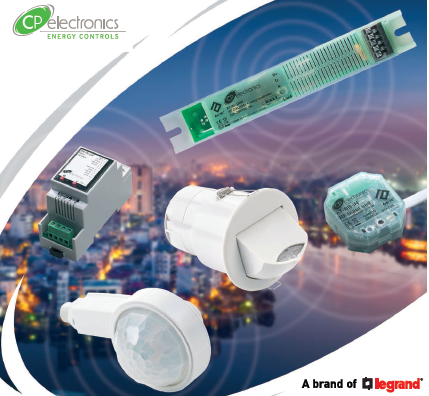
2- Addressing & System Security
Every An-10 device within a system uses a number of different address codes that identify its place within that system and how it interacts with other devices.
A Building Code is used to identify devices that form part of the same overall system. This allows An-10 systems in adjacent buildings to be completely independent and prevents cross-system interference.
A Local Code typically defines all devices in a specific location. For example, the switch plates, sensors and dimmers in one room may all share the same Local Code so that only the devices in that room are controlled and do not affect, or are affected by devices in other rooms.
An optional Sub Local Code can also be used to further subdivide devices within a room if required.
One or more Area Codes will allow common control across multiple locations. Typical applications of Area Codes include 'corridor hold' schemes.
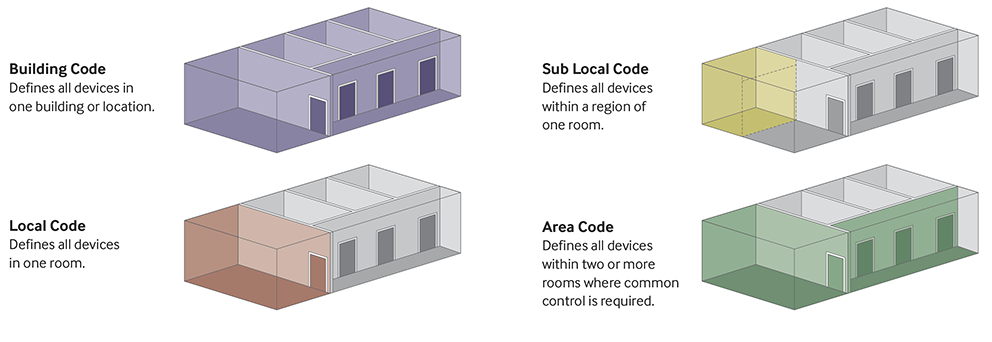
3- Scene Selection Functionality
Scene selection allows the recall of pre-programmed lighting levels to create different moods or to suit different uses within an environment. A scene is a selection of circuits that are set to individual lighting levels and stored. They can then be invoked by a switch connected to the An-10 input unit or the presence detector detecting a person.
For example, in a meeting room you may want one scene that sets all lights at maximum level for meetings, but another scene that sets the individual circuits to different levels for presentations.
An-10 allows up to 20 local scenes and up to 120 area scenes that can be easily programmed via infrared handsets.
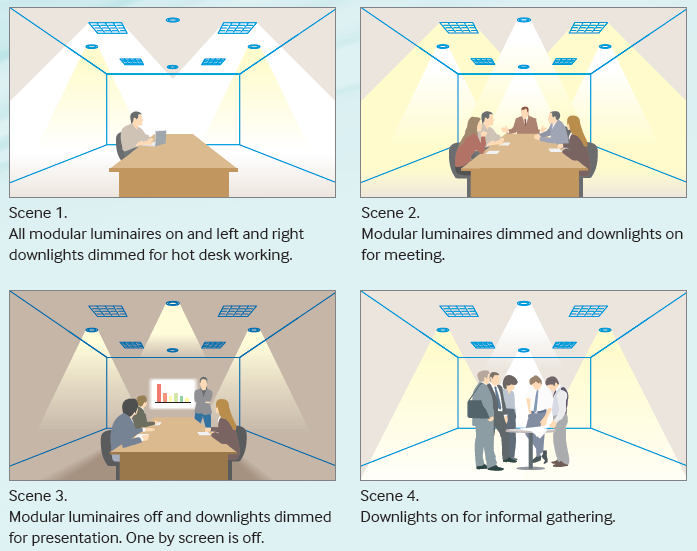
4- Sample Application - Offices With Common Corridor
In each office the ceiling lights are controlled by a PIR detector. Two PIR detectors are used in the corridor, but note that only one detector is physically connected to the lights. The other detector communicates wirelessly with the first.
Corridor lights are turned on as soon as one of the detectors picks up movement. All PIR detectors are configured for presence detection. An-10 devices are set to different Local Codes in each office and in the corridor, allowing each to function independently. Area Codes are set to allow common control between each office and the corridor.
On entering the corridor, its lights are turned on automatically. Similarly, entering either of the offices will turn their lights on. All office lights are automatically turned off when the corresponding office or corridor is unoccupied. However, while either office is occupied, the An-10 system uses the Area Code to hold the corridor lights on for safety and convenience.
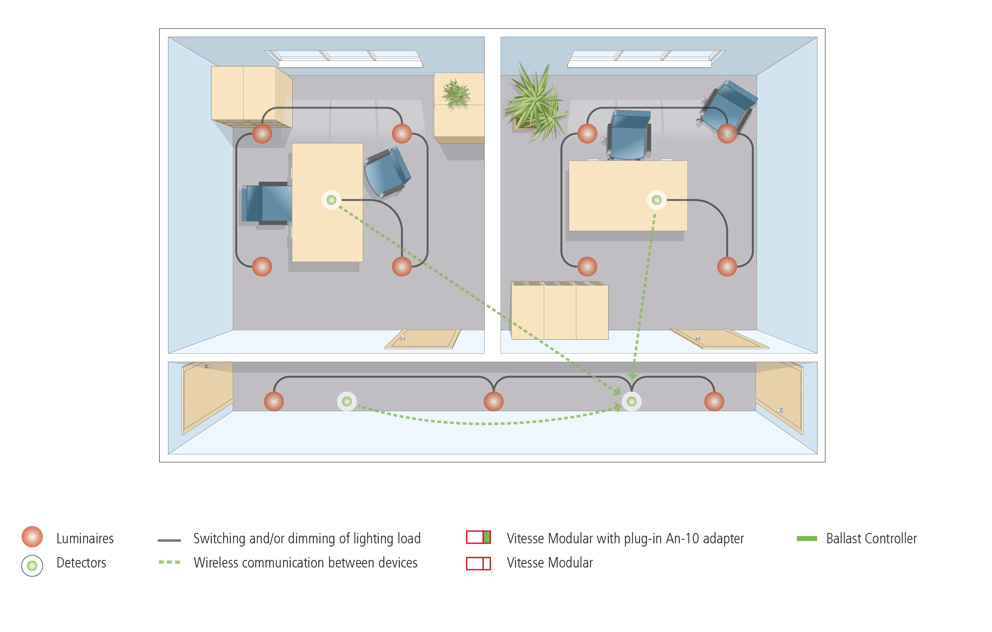
5- Link for Supplier's Product Page

